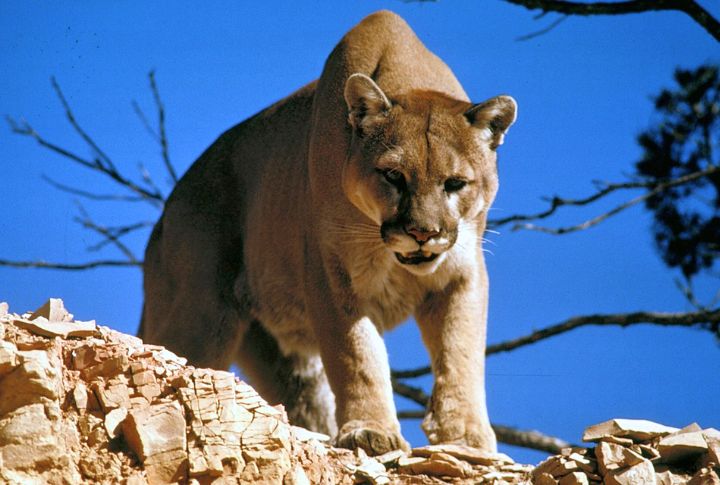
Cougars aren’t just campfire legends anymore. In some states, they’re making their presence known, sometimes silently, sometimes face-to-face. These sightings are part of a bigger pattern. Wildlife officials are watching, and the numbers keep ticking up. Here are 10 U.S. states where cougar activity is clearly on the rise.
Arizona
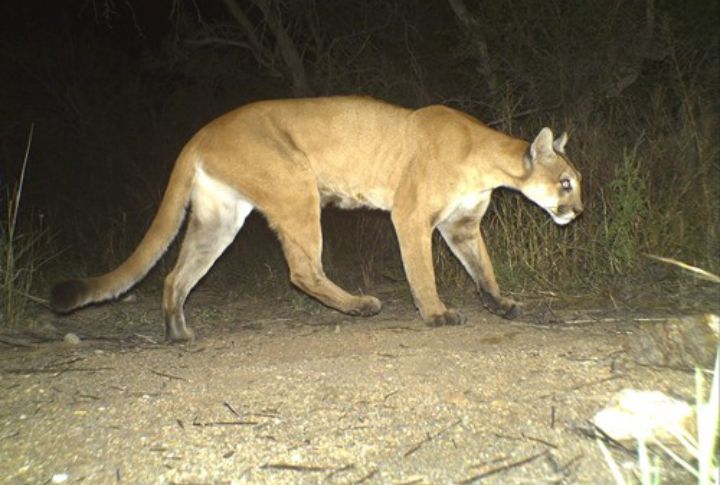
In places like Prescott and the Tonto National Forest, Arizona’s mountain lions are stepping into view. Conservationists have recorded spikes in encounters: some harmless, others involving pets. Drought-driven prey shifts may be a factor. Still, these cats remain elusive, preferring deep canyons and rugged cliffs as their hidden domain.
Colorado
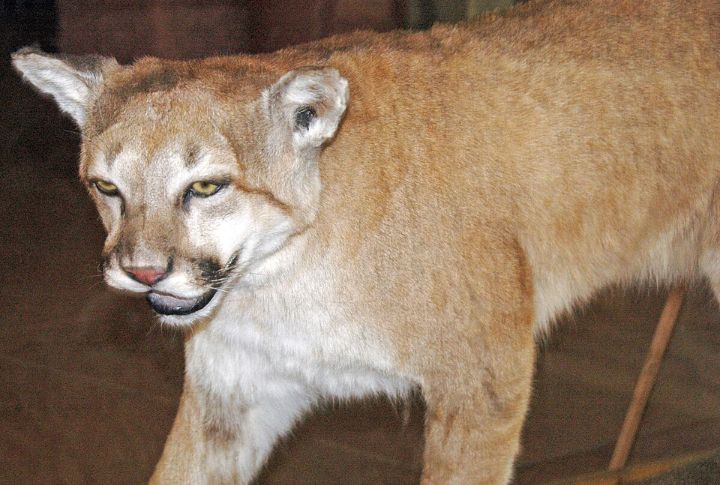
As people move deeper into mountain areas, encounters with mountain lions are becoming more common. In Colorado, rising reports along the Front Range show this trend clearly. Officials say the increase isn’t just because there are more lions but because humans and lions are sharing space more, and better monitoring is capturing those moments.
Florida

The native panther (a subspecies of Puma concolor) has rebounded from near extinction. Increased sightings in the southwest and even central Florida reflect both better conservation efforts and shifting territory. Vehicle collisions and trail cam images hint at a species still navigating its complicated comeback.
Montana
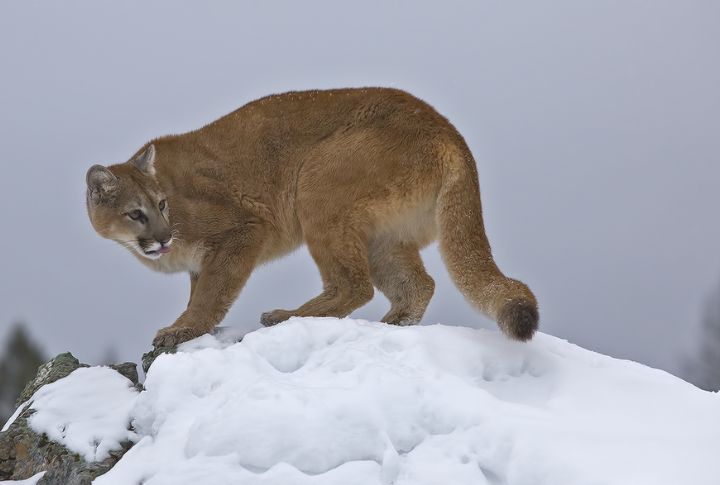
Montana never stopped being mountain lion country. Over the past five years, game managers have increased quotas in response to regional growth. The Bitterroot and Gallatin ranges, in particular, have seen more lion activity, often near game migration paths and wintering elk herds.
Michigan

Cougars vanished from Michigan long ago, or so it seemed. Recent years brought scattered confirmations, but 2023 changed the story entirely. Wild-born cougar cubs were documented in the Upper Peninsula. This marks a biological milestone. Now, biologists monitor the region closely as Michigan steps back into active mountain lion territory.
Nebraska

Ten years ago, Nebraska wouldn’t have been on this list. Now, resident breeding populations thrive in the Pine Ridge and Wildcat Hills. Confirmed sightings and hunting reports mark a state-wide shift from occasional pass-throughs to established ranges. Even the eastern part of Nebraska is seeing sightings supported by trail camera photos and field reports.
Oregon
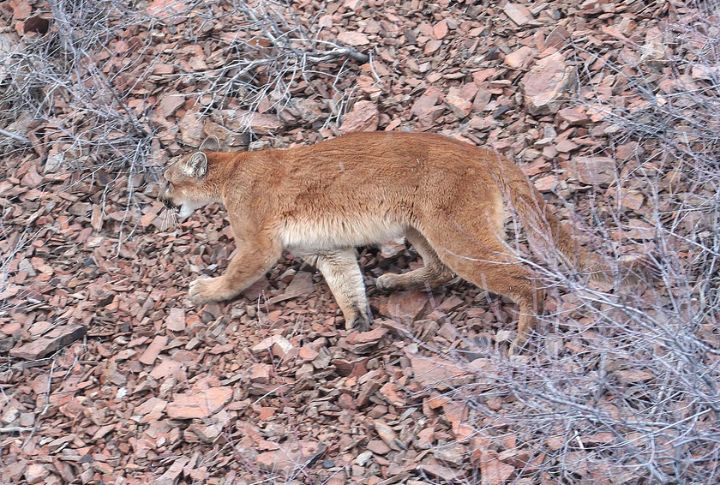
Here, the cougar population is thriving. With an estimated 6,000 individuals, Oregon now manages one of the highest cougar densities in the West. Sightings in western towns like Eugene and Ashland have become routine, and attacks on livestock have increased. Wildlife corridors remain the state’s strongest defense.
California

In the canyons near Los Angeles and the remote Sierras alike, cougars have found a way to live beside millions. The death of P-22 sparked reflection but also revealed something bigger: more sightings, more tracking collars, and more confirmed territories. California’s dense habitat and prey-rich corridors are fueling a consistent rise in activity.
Utah
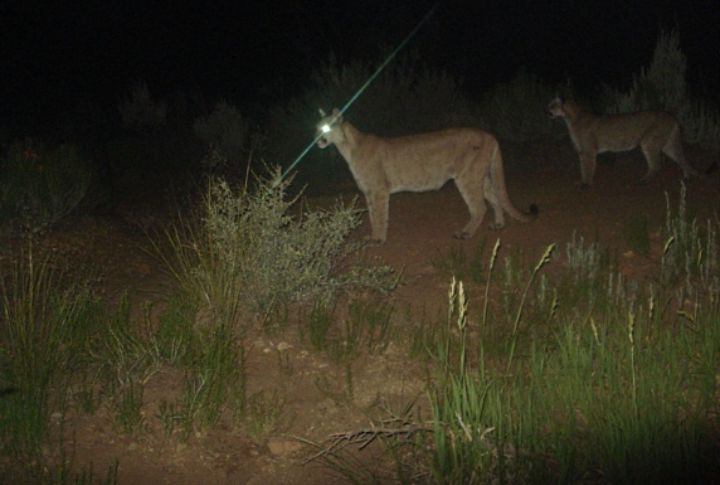
Cougar signs in Utah aren’t confined to the backcountry anymore. Hikers in places like Big Cottonwood Canyon and Zion report fresh tracks and sightings at a pace not seen before. Wildlife biologists tie this uptick to favorable deer populations, which lead lions into zones closer to human trails and cabins.
Washington
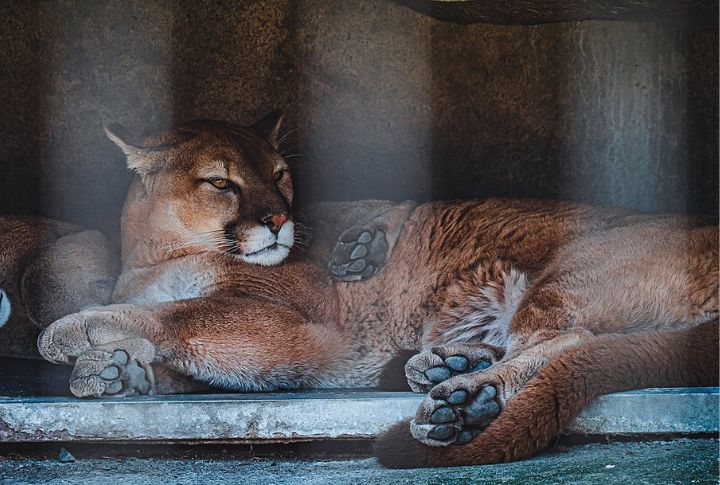
Out in the Cascades, something old is stirring. Washington’s cougar population is spreading. The state’s wildlife agency now grapples with balancing management and protection. Human-cougar interactions are becoming more frequent, especially near suburban growth zones, which prompts changes in hunting quotas and education outreach.
